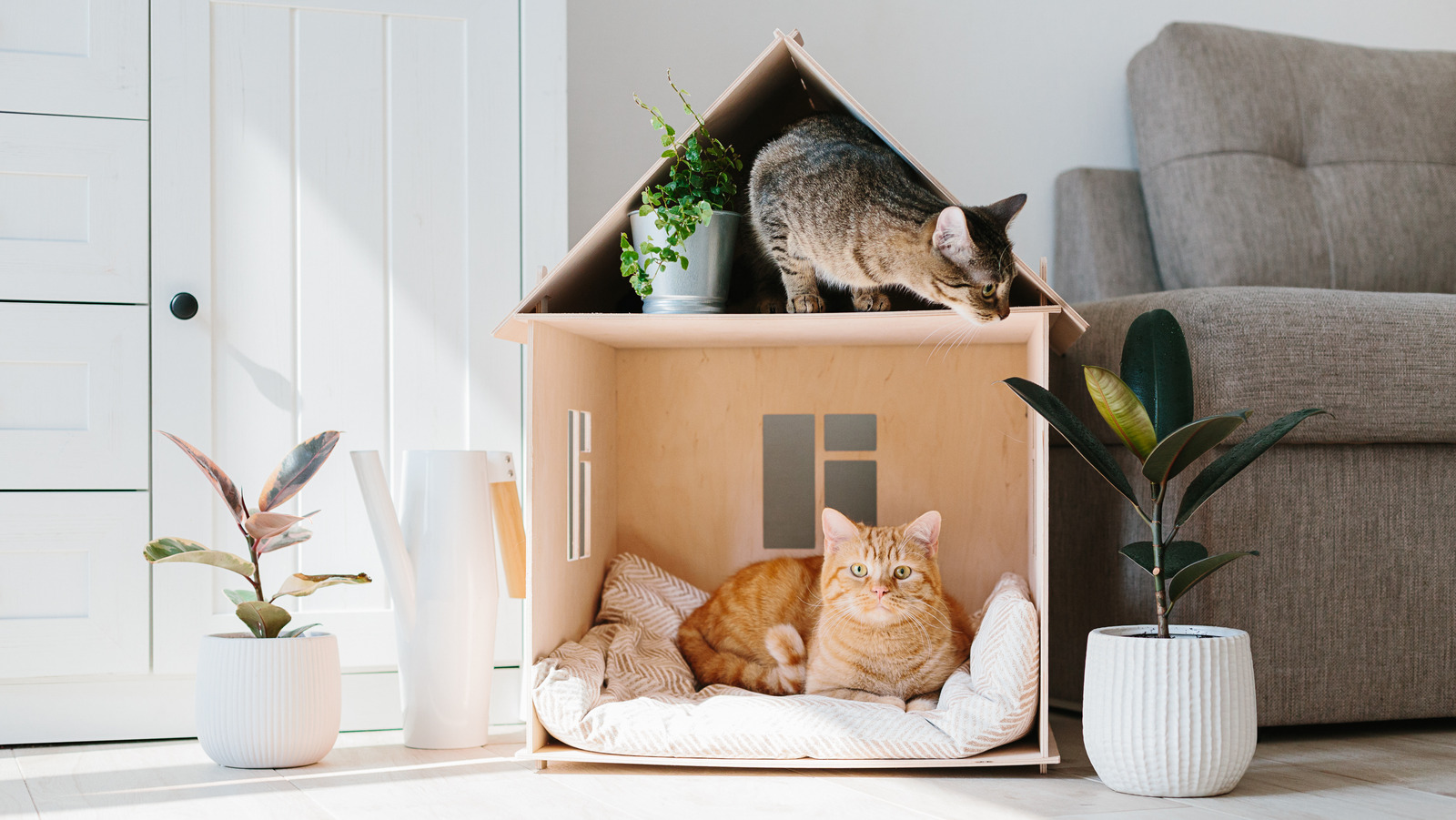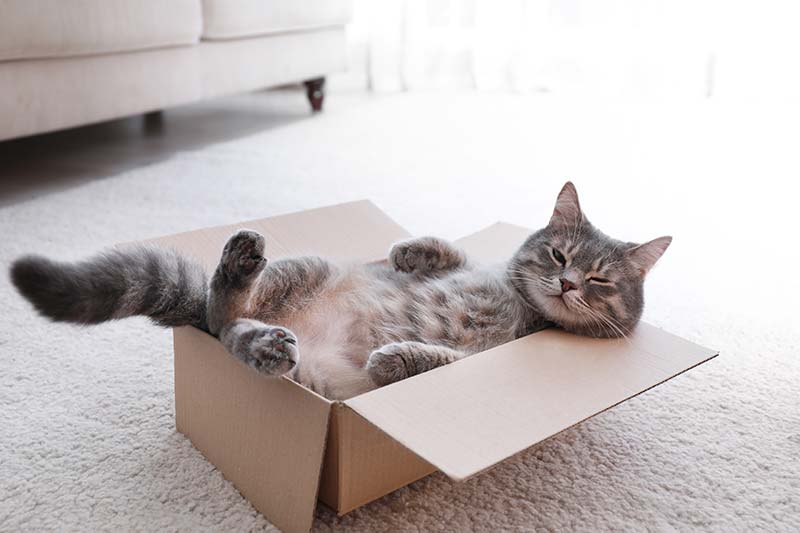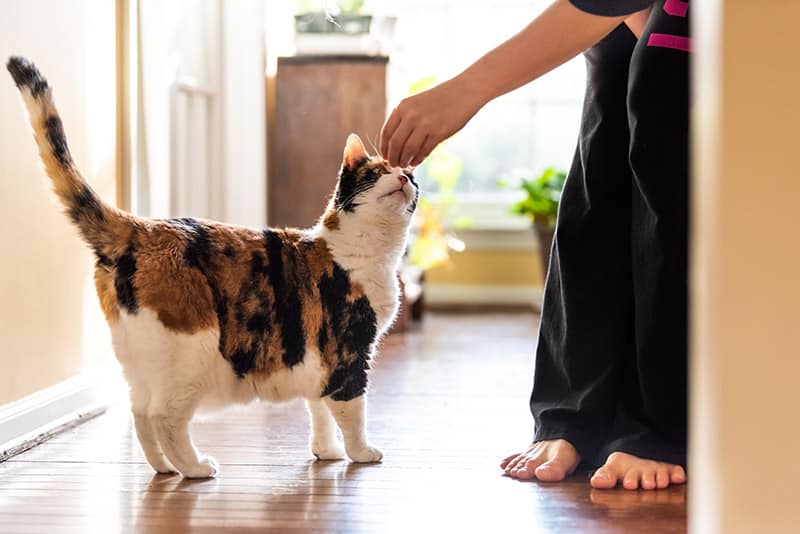Cats have captured human hearts for thousands of years, seamlessly weaving their way from ancient Egyptian deities to modern-day cherished companions. With their mysterious allure and independent nature, cats offer a unique blend of companionship and intrigue. Whether you’re a seasoned cat enthusiast or a new adopter, understanding the nuances of cat care is essential for nurturing a happy, healthy feline friend. This guide will navigate you through the intricate world of cat care, from creating a cat-friendly environment to ensuring optimal health and wellness, helping you form an unbreakable bond with your feline companion.

Your Feline Friend
Cat Domestication History

The story of cat domestication is a fascinating journey through time. Thousands of years ago, wildcats began their relationship with humans, not by force, but through a mutual understanding. As agriculture flourished in the Fertile Crescent, humans needed to protect their grain stores from rodents. Wildcats, drawn to these abundant food sources, started to live closer to human settlements. Over time, these wildcats became more sociable, and a symbiotic relationship developed. Unlike dogs, cats essentially domesticated themselves, maintaining much of their wild independence even as they became beloved household companions.
Cat Breeds & Their Characteristics
Cats, unlike many other domesticated animals, boast a wide array of breeds, each with distinct characteristics. Whether you’re attracted to the regal appearance of the Maine Coon, known for its tufted ears and large stature, or the sleek elegance of the Siamese with its striking blue eyes and vocal personality, there’s a breed to suit every preference. Some breeds, like the Ragdoll, are known for their affectionate and laid-back nature, making them perfect for families. Meanwhile, the active and playful Bengal, with its wild leopard-like spots, appeals to those who enjoy an energetic feline partner. Understanding these breed characteristics can help you choose a cat that matches your lifestyle and expectations.
Cat Body Language: What Your Cat is Trying to Tell You
Decoding your cat’s body language is key to understanding their needs and emotions. Cats communicate a wealth of information through subtle gestures and behaviors. A tail held high often signals confidence and happiness, while a puffed-up tail can indicate fear or aggression. Similarly, a slow blink from your cat is a sign of trust and affection, often referred to as a “cat kiss.” Purring is generally associated with contentment, but it can also be a self-soothing mechanism when a cat is stressed or in pain. Observing these non-verbal cues allows you to respond appropriately, strengthening your bond and ensuring a happy coexistence with your feline friend.
A Cat-Friendly Home
New Cat Owner Essentials

Welcoming a new cat into your home is an exciting journey filled with anticipation and joy. To ensure a smooth transition, you’ll need some essential items. First, invest in a comfortable cat bed to provide your furry friend with a cozy sleeping spot. A litter box is crucial, and it’s often recommended to have one box per cat plus an extra. Quality cat food and fresh water are vital for their health, so choose a balanced diet tailored to your cat’s age and needs. Don’t forget a sturdy scratching post to satisfy their natural urge to scratch, and a variety of toys to keep them entertained and active. With these essentials, you’re well-equipped to offer a loving and nurturing environment for your new feline companion.
The Perfect Indoor Environment
Creating an ideal indoor environment for your cat involves more than just providing the basics. Cats thrive in spaces that stimulate their natural instincts. Vertical spaces, such as cat trees or shelves, allow them to climb and observe their surroundings from a safe vantage point. Windowsills or cat perches provide hours of entertainment watching birds or passing cars. Ensure your home has quiet, private areas where your cat can retreat for some alone time. Regular play sessions are vital, as they mimic hunting behaviors and keep your cat physically and mentally stimulated. A harmonious blend of comfort and stimulation helps your cat feel secure and content in their indoor kingdom.
Cat-Proofing Your Space
Cat-proofing your home is essential to keeping your curious cat safe. Start by securing items that could pose a threat, such as toxic plants like lilies or household chemicals. Keep small objects that could be swallowed, like rubber bands or paperclips, out of reach. Ensure windows and balconies are secure to prevent accidental falls. Electrical cords can be tempting for cats to chew on, so consider using cord protectors. Keep toilet lids closed to prevent accidental drowning, and store cleaning supplies in locked cabinets. By taking these precautions, you create a safe environment that allows your cat to explore with confidence and curiosity.
Cat Health & Wellness
Cat Nutrition Basics

Ensuring your cat receives the proper nutrition is fundamental to their health and longevity. Cats are obligate carnivores, meaning their diet should primarily consist of animal-based proteins. High-quality commercial cat foods, like those from Royal Canin or Hill’s Science Diet, provide a balanced diet tailored to your cat’s age and health needs. While dry food offers convenience and dental benefits, wet food is excellent for hydration and variety. Always provide fresh, clean water, and remember that treats should be given sparingly to prevent obesity. Consulting with your veterinarian can help you determine the best dietary plan tailored to your feline friend’s specific needs.
Cat Grooming Tips
Even though cats are known for their self-grooming habits, they still benefit from regular grooming sessions. Brushing your cat helps reduce shedding and prevent hairballs, especially in long-haired breeds like Persians or Maine Coons. Use a brush suitable for your cat’s coat type, and introduce grooming gradually to make it a pleasant experience. Regular nail trimming is also important to prevent overgrowth and discomfort. If you’re unsure how to trim nails safely, your vet or a professional groomer can provide guidance. During grooming, check for signs of parasites or skin issues, ensuring your cat remains healthy and comfortable.
Cat Exercise & Play
Keeping your cat active is crucial for their physical and mental well-being. Regular play sessions mimic hunting behaviors, providing both exercise and mental stimulation. Interactive toys like feather wands, laser pointers, or puzzle feeders are excellent for engaging your cat’s attention and instincts. Some cats also enjoy fetch or playing with small balls. Encouraging your cat to chase and pounce not only keeps them fit but also helps prevent behavioral issues stemming from boredom. Remember, every cat is unique, so experiment with different toys and activities to find what excites your feline friend the most, ensuring they enjoy a happy, active life.
Cat Health Issues
Common Cat Health Concerns

Like all pets, cats are susceptible to various health concerns that can affect their well-being. Some of the most common issues include dental disease, obesity, and parasitic infections. Dental disease, such as gingivitis, can lead to pain and tooth loss if left untreated. Obesity is another prevalent problem, often resulting from overfeeding or lack of exercise, and can lead to more severe conditions like diabetes. Parasites, such as fleas and worms, can significantly impact your cat’s health and comfort. Regular veterinary check-ups and preventive treatments are crucial in identifying and managing these common concerns, ensuring your cat remains healthy and happy.
Signs of Cat Illness
Recognizing the signs of illness in cats can be challenging, as they often hide their discomfort. However, being vigilant about changes in behavior or routine can help detect potential problems early. Common signs to watch for include changes in appetite, lethargy, vomiting, diarrhea, or changes in litter box habits. Sneezing, runny eyes, and coughing can indicate respiratory issues. If your cat is hiding more than usual, showing signs of distress, or grooming excessively, these could also be red flags. Should any of these symptoms persist, it’s essential to consult your veterinarian promptly to ensure timely diagnosis and treatment.
Cat Preventive Care
Preventive care is the cornerstone of maintaining your cat’s health and longevity. Routine veterinary visits, at least once a year, are essential for vaccinations, dental check-ups, and overall health assessments. Vaccinations protect against common feline diseases such as feline leukemia and rabies. Deworming should be done regularly, as advised by your veterinarian, to prevent parasitic infections. Maintaining a healthy diet and regular exercise routine is also crucial in preventing obesity and related health issues. By prioritizing preventive care, you can help ensure your cat leads a vibrant, healthy life, minimizing the risk of serious health problems down the line.
Cat Bonding Strategies
Cat Training Techniques

Training a cat might seem like a daunting task, but with patience and consistency, it’s entirely achievable. Cats respond well to positive reinforcement, which involves rewarding them with treats, praise, or playtime when they perform the desired behavior. Start with simple commands like “sit” or “come,” using clicker training to mark the correct behavior. Remember, training sessions should be short and fun to keep your cat engaged. Avoid punishment, as it can lead to fear and stress. Instead, redirect undesirable behaviors gently. Training not only helps manage your cat’s behavior but also strengthens the bond between you and your feline friend.
Cat Socialization Tips
Socializing your cat is crucial, especially if they are young or newly adopted. Begin by introducing them gradually to different environments, people, and other pets. Patience is key, as cats can be cautious of new experiences. Provide a safe space where your cat can retreat if they feel overwhelmed. Encourage positive interactions with treats and gentle petting. If introducing another pet, do so slowly and under supervision to ensure a peaceful coexistence. Socialization helps your cat become more adaptable and confident, making them more comfortable in various situations and strengthening their trust in you.
Cat Enrichment Activities
Enrichment activities are vital for keeping your cat mentally stimulated and happy. Cats are natural hunters, so engaging them in activities that mimic hunting behaviors can be particularly satisfying. Interactive toys, such as feather wands or laser pointers, encourage your cat to chase and pounce. Puzzle feeders stimulate their problem-solving skills while providing a rewarding treat. Consider rotating toys to keep things fresh and exciting. Additionally, creating an enriching home environment with climbing trees, scratching posts, and cozy nooks can provide hours of entertainment. By incorporating these activities into your routine, you ensure your cat stays happy, healthy, and thoroughly entertained.